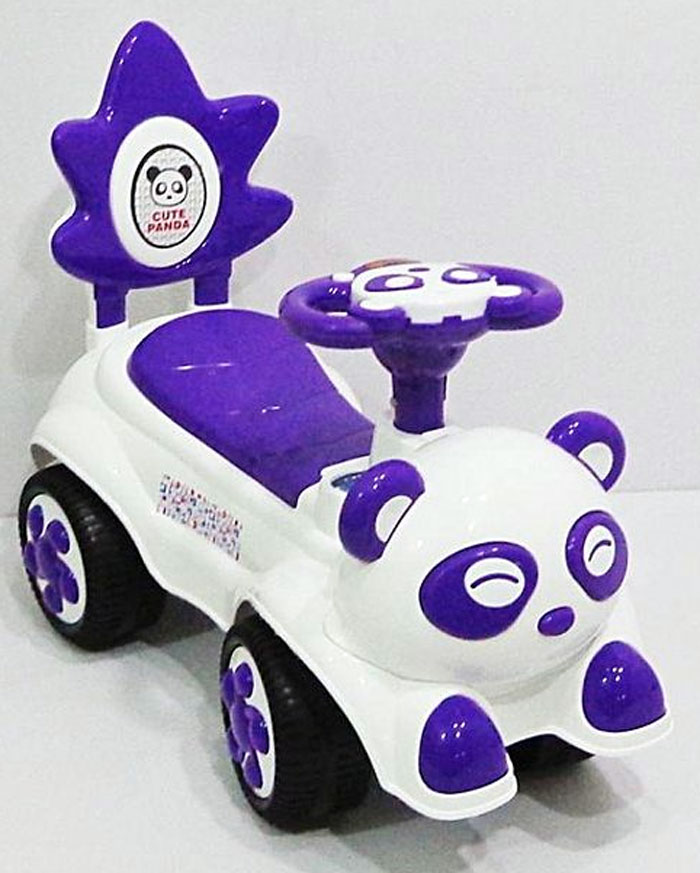

Many mammals around the world experience a “seasonal molt”. So how does the giant panda deal with this constant change? Molting. Each season calls for a different amount of insulation, therefore, a different amount of fur. It is covered by a thick, dense pelt that insulates and shields it against the weather. The giant panda is perfectly engineered to live in the cold, damp climate that covers most of its home range. Giant Pandas drink water from the rivers and streams in their mountain environment. Now, with their range fragmented, this is often difficult. In the past, Giant Pandas would migrate to other areas in search for new plants. It then takes several years for the bamboo to recover. One problem for wild Giant Pandas is that the bamboo species flowers and dies.

Consequently, they are constantly in search of food. Unlike other bears, the Giant Pandas do not store fat and therefore do not hibernate. The puffy cheeks that make the Giant Pandas appear so adorable are actually powerful muscles that enable the Giant Pandas to chew through even the toughest bamboo stalks. They generally eat in a sitting position but also like to snack lying on their backs. Their unique paws make it possible for them to hold the bamboo and bite the stalks. Cubs are especially prone to digestive problems. Since the Giant Pandas’ digestive system is not very efficient, they must consume large quantities of bamboo every day in order to obtain the nutrition they need. In captivity they also receive milk, eggs, ground meat and specially formulated vitamin bread. When available, Giant Pandas will eat fish, flowers and small animals.

There are about 25 different types of bamboo. The Giant Pandas’ diet consists almost entirely of bamboo stalks, shoots and roots. An herbivore is an animal that eats mostly plants. A Carnivore is an animal that eats mostly meat. Giant Pandas are classified as carnivores however their diet is closer to that of herbivores.


 0 kommentar(er)
0 kommentar(er)
